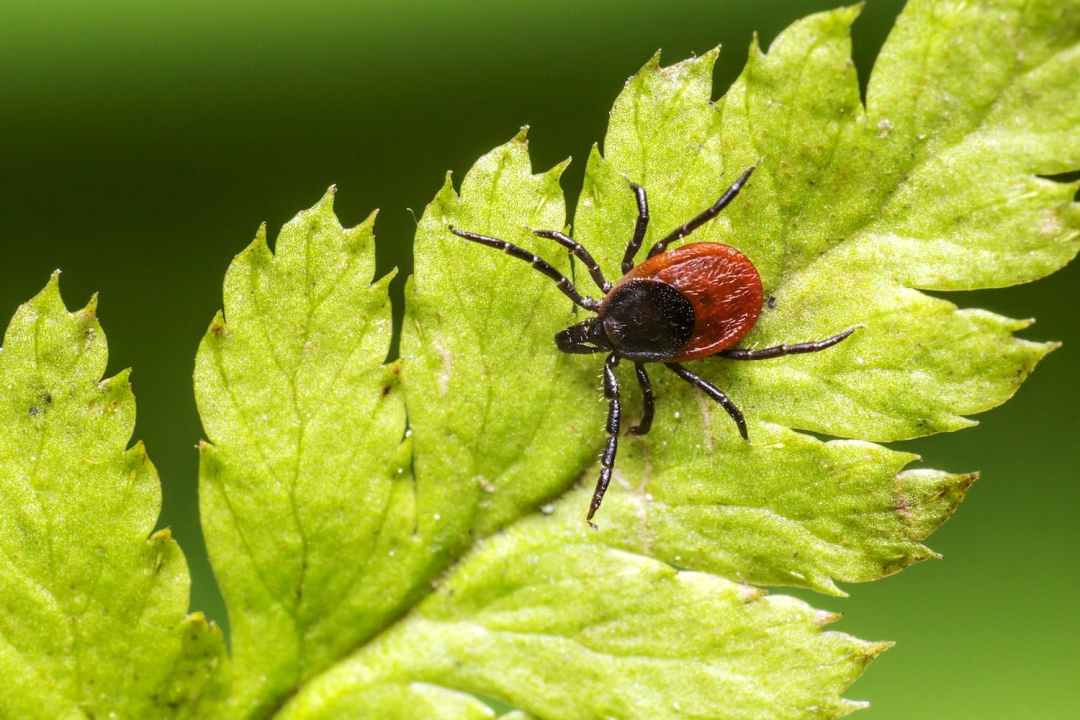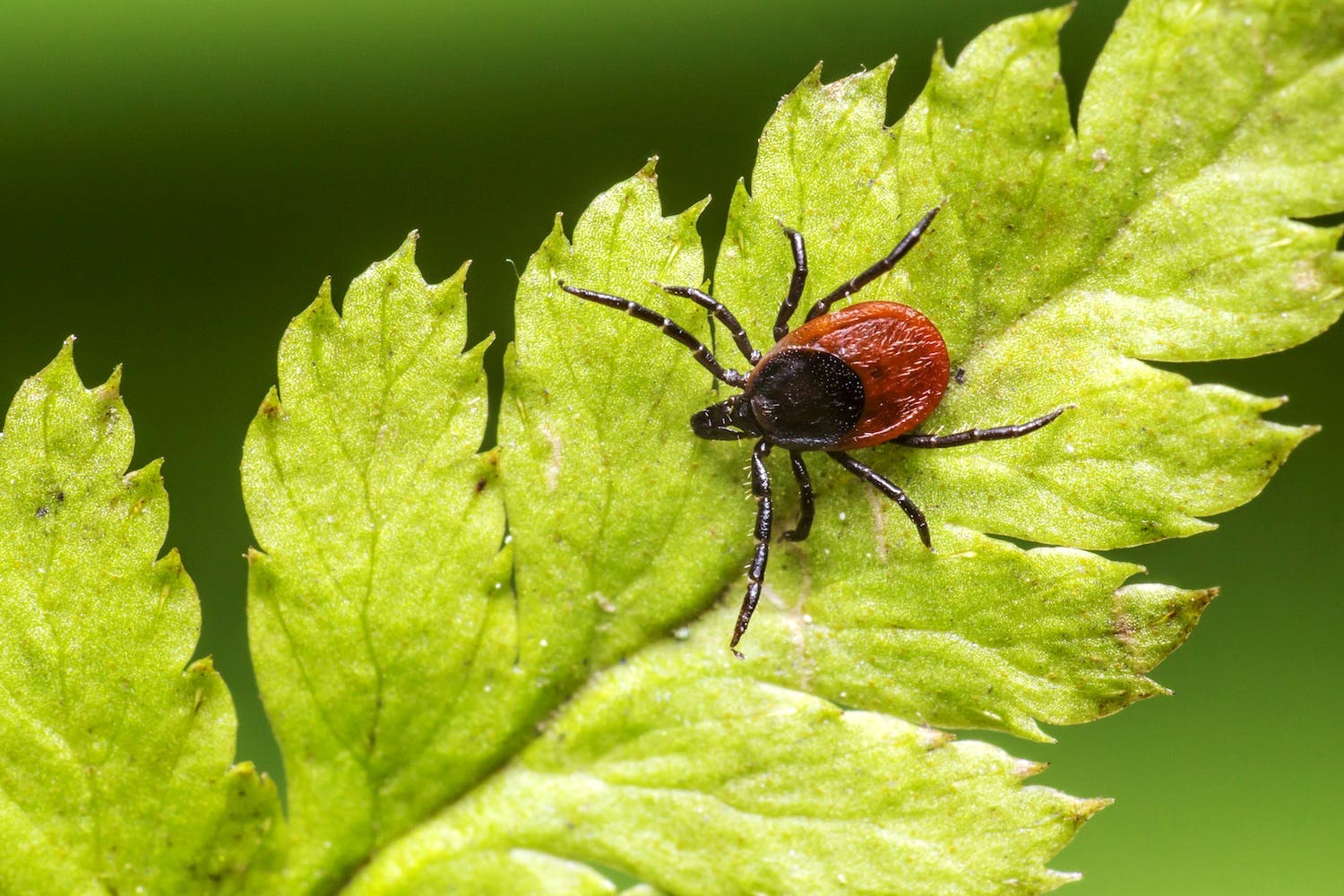Researchers can now predict where in Scotland you are most likely to encounter ticks that carry Borrelia burgdorferi, the bacterium that causes Lyme disease. If that wasn’t enough to make you reconsider those picnic plans, then they have also forecast that this risk will increase as global temperatures rise.
In a recent paper, the researchers predicted that people were more likely to come into contact with an infected tick in the months of August and September. They also identified both the Highlands and Tayside as areas of particular risk. Their map can be viewed in full here.
The study authors calculated that the density of infected ticks, a way of measuring Lyme disease risk, would double if temperatures increased by 1°C and become 11 times greater than current levels if temperatures climbed by 3°C.
Don’t we already know where the high-risk areas are?
Lyme disease is notoriously difficult to diagnose and it can be difficult to trace exactly when and in which geographical location a person was bitten by an infected tick.

Britain’s best politics newsletters
You get two free articles each week when you sign up to The Spectator’s emails.
Already a subscriber? Log in







Comments
Join the debate for just £1 a month
Be part of the conversation with other Spectator readers by getting your first three months for £3.
UNLOCK ACCESS Just £1 a monthAlready a subscriber? Log in